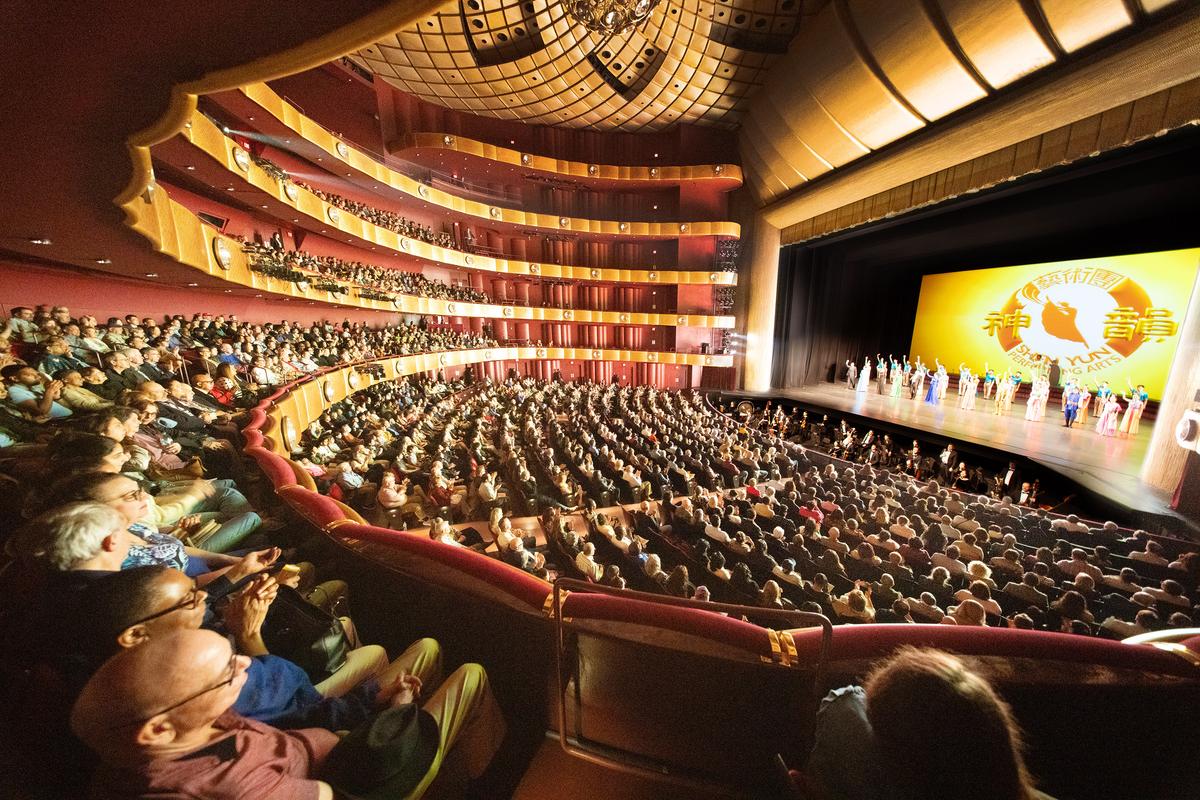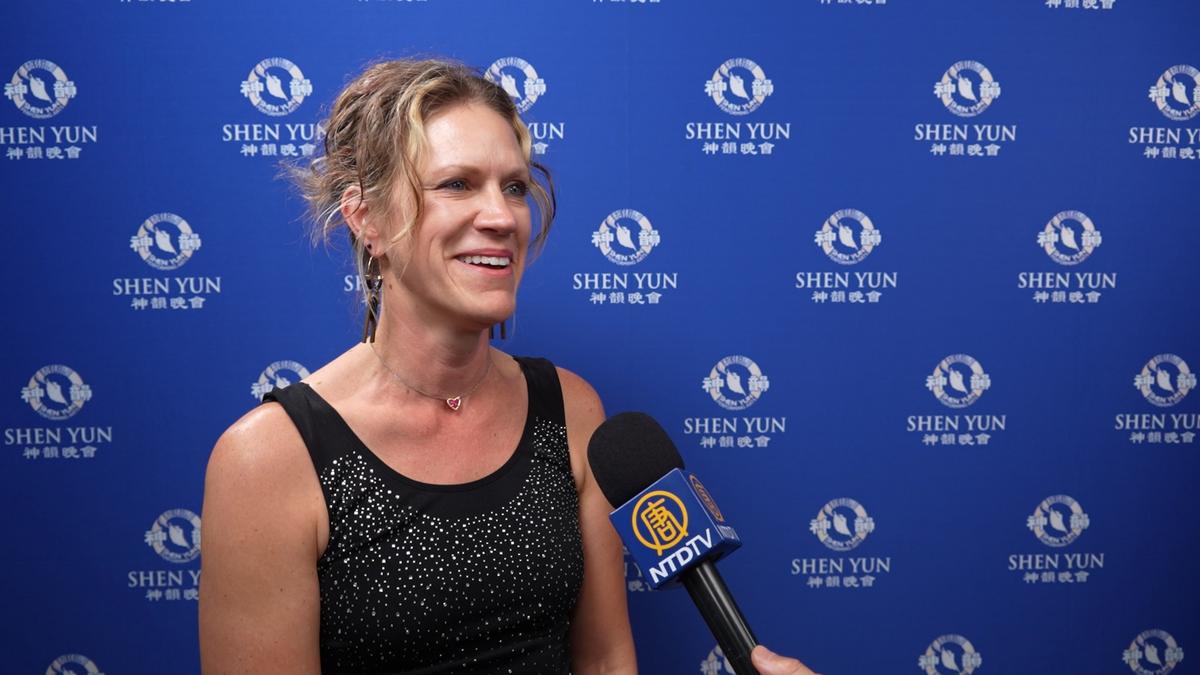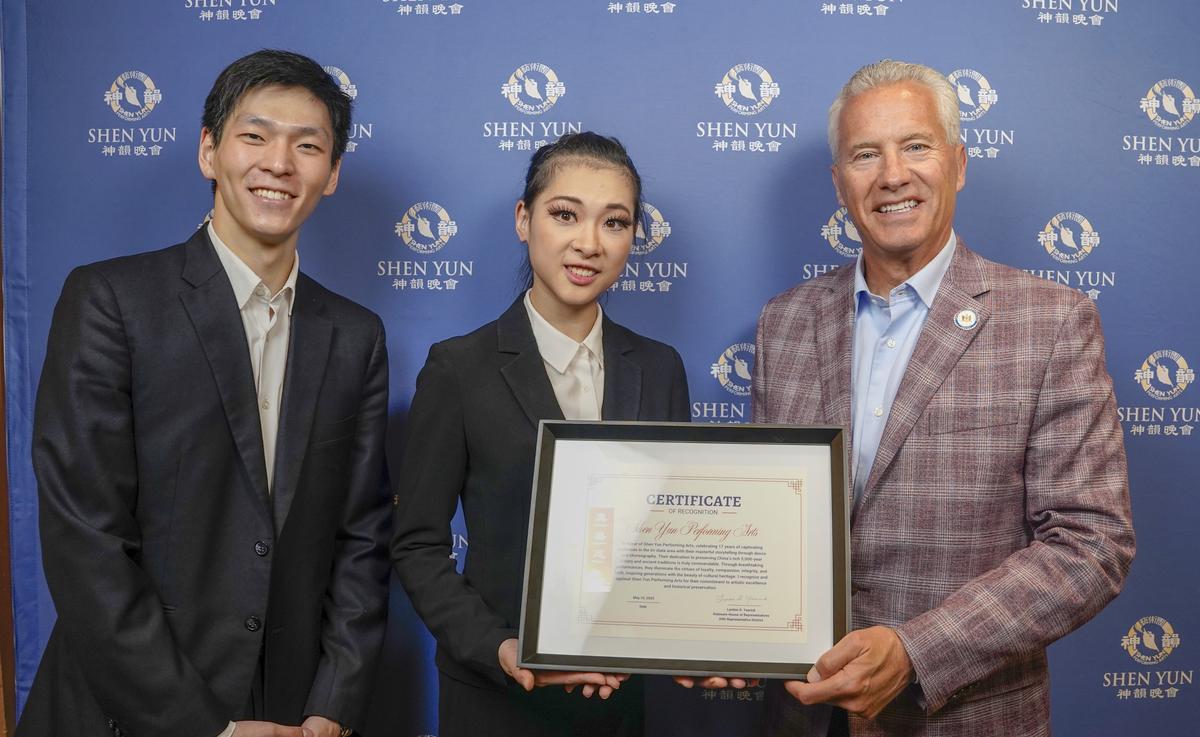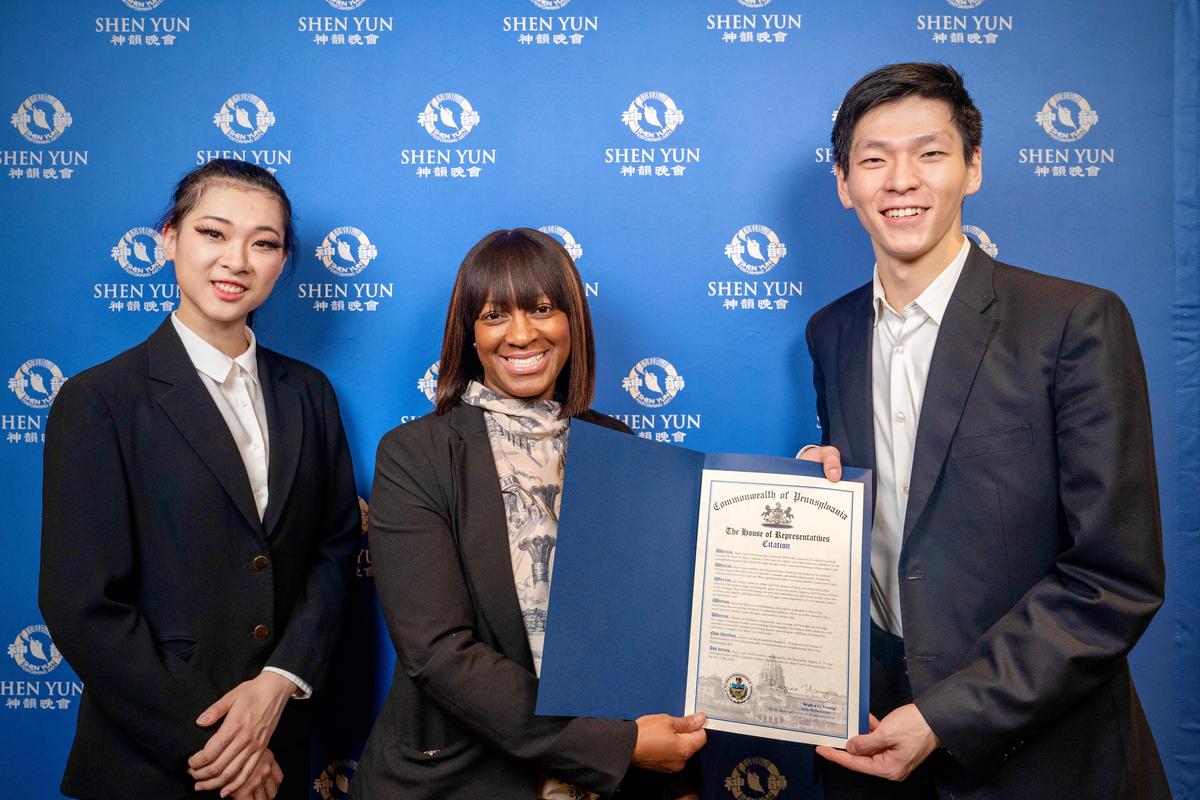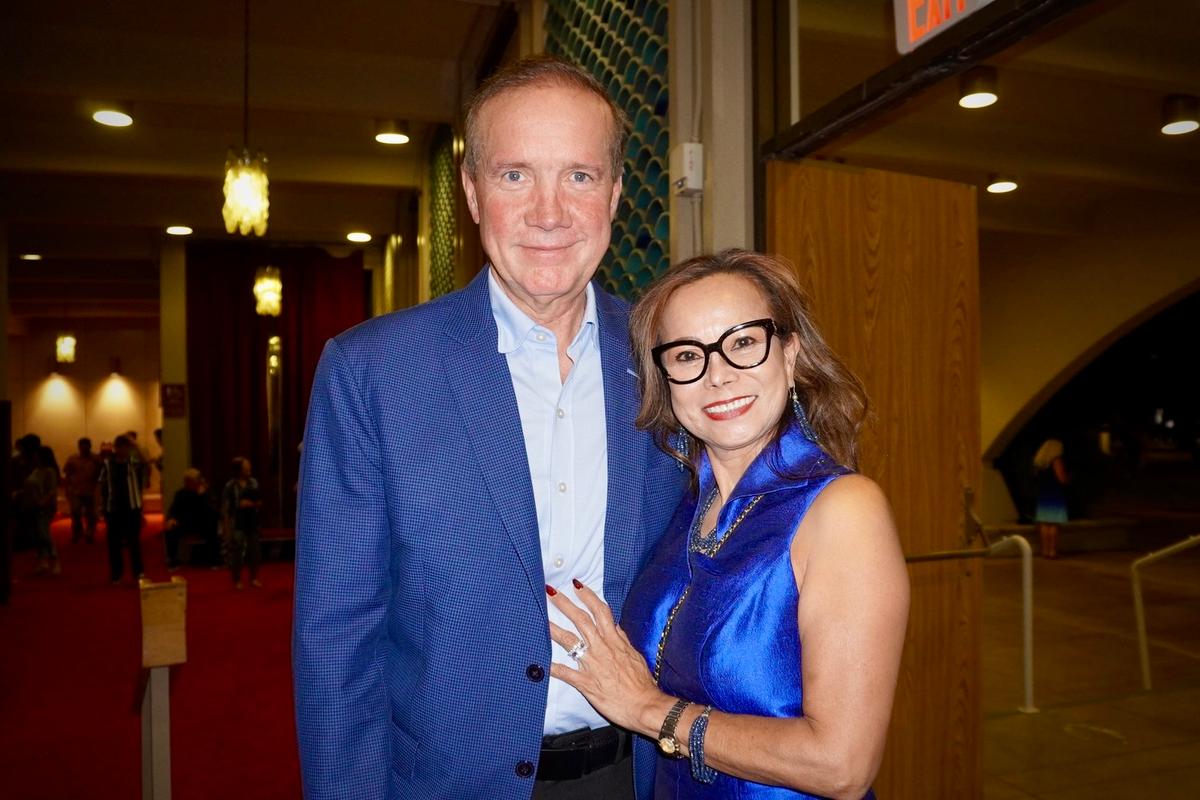
The “si cha” is a split jump that is more difficult than ballet’s grand jeté. The si cha requires utter concentration from the mind.
Hsiao-Hung Lin’s forte is focus, and she loves doing the si cha, or “four splits,” a classical Chinese dance move in which the dancer begins to jump into a split in the air, and in midair switches her legs to do another split.
Choreographers often pick Ms. Lin to perform complicated jumps because she has exceptional control in coordinating her body during difficult moves.
“With the right amount of control, if you run and jump at a fast speed, your legs can immediately go into a 180-degree split,” Ms. Lin said.
In order to perfect the si cha, Ms. Lin said that the secret is to control the degrees of looseness and tightness over certain parts of her body.
“If your body is too tight, you cannot do the move. If you are too relaxed, you will not be able to jump,” she said. “Your legs must relax, but they must also have strength.”
“For those dancers who don’t have as much strength in their legs, they can also do the si cha, but it will be a low jump. It is hard to control the jump that way,” she said.
Ms. Lin is a classical Chinese dance student studying at Fei Tian Academy of the Arts and currently performing in practicum with Shen Yun Performing Arts, a classical Chinese dance company based in New York.
Shen Yun was founded in 2006 by a group of ethnic Chinese artists who utilize classical Chinese dance to revive traditional Chinese culture.
Much of China’s ancient traditions were destroyed during the Cultural Revolution from 1966 to 1976.
As a result of a continued and systematic attempt to eliminate or debase traditional arts and culture, now it is rare to find an authentic Chinese performance without political elements implanted by the Chinese Communist Party. Most Chinese dances today have also lost their authenticity because modern movements are mixed in.
Growing up in Kaohsiung, Taiwan, Ms. Lin often watched traditional ethnic Taiwanese performances, which inspired her to be a dancer that celebrates traditional Chinese culture.
“There’s no authentic traditional Chinese dance left in the world,” Ms. Lin said. “This is why I chose to study at Fei Tian and further advance my skills by dancing for Shen Yun.”
Classical Chinese dance encompasses 5,000 years of Chinese heritage, along with a celebration of the particular styles of the multitude of ethnic groups and regional folk dances in China.
The ‘State of Dance’
One of Ms. Lin’s favorite dances from Shen Yun’s 2013 season is “Early Spring,” a northeastern style folk dance where performers twirl white and green handkerchiefs to evoke the annual change of seasons.
This dance requires immense concentration. The dancers spin the handkerchiefs throughout the dance. They perform complicated moves such as twirling the handkerchiefs across their necks as they pass them from one hand to another.
Although it is a dance filled with difficult techniques, it is one of Shen Yun’s last pieces in an evening, performed at a time when the dancers feel most tired. But it is no problem for Ms. Lin because she is always in a “state of dance.”
“Even though you are dancing different feelings and styles, you are always in the same state of dance,” she said.
“That’s when control comes in. If your state of mind is always in one of dance, then you can have easier control over your moves,” she said.
Ms. Lin won first place in New Tang Dynasty Television’s 2012 International Classical Chinese Dance Competition.
Ms. Lin said self-expression through dance is also about having control.
“Control is also about having your inner self, your upbringing, and dignity come out through a single movement,” she said.









